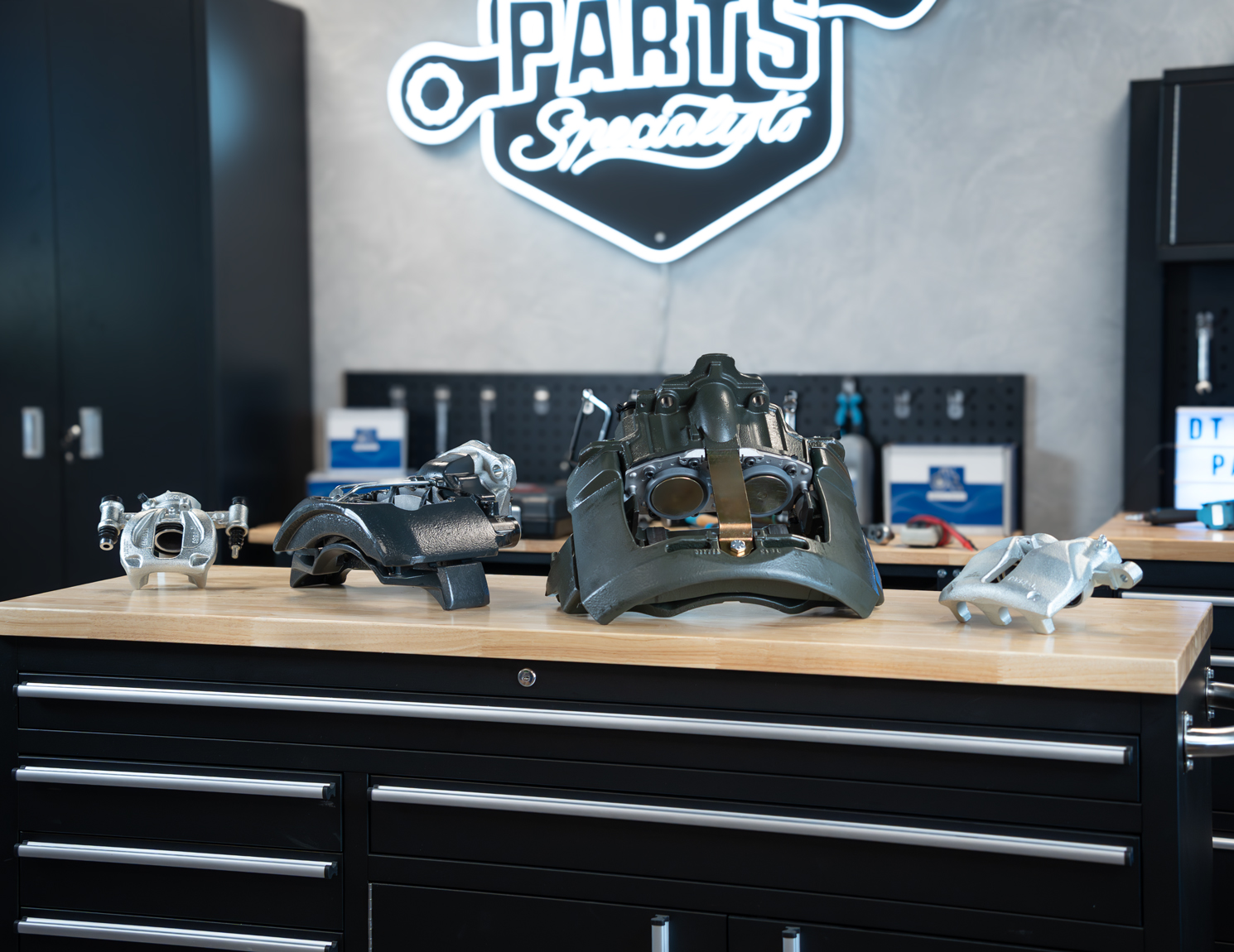Product Portrait
Brake calipers
suitable for: Iveco, MAN, Mercedes-Benz, Renault, Scania, Volvo etc.
An actuating mechanism is controlled via the brake cylinders. This causes the pistons to be extended. “During the braking process, the pistons press the brake pads against the brake disc - this slows the vehicle down or keeps it in the park position,” explains the Parts Specialist. Through the floating function of the brake calliper, the inner and outer pads are pressed evenly against the disc.
When the brake pads are replaced, they must be pressed against the brake disc so that the air gap can be adjusted. This is done manually after adjustment. Up to the point where the wheel hub can no longer be turned. “Once this has been done, the brake pistons must be set back as far as the manufacturer's specifications require,” says Kevin in the video. This is the only way to set the air gap correctly.
When the brake cylinder is actuated, a force is exerted on the pistons via a mechanical control. At the same time, the internal gear wheels are rotated. Through a thread in the actuating rod of the pistons, the piston path is reduced in the direction of the brake pads. When the brake is released, the gear wheels remain in position, reducing the air gap. This enables an automatic adjustment, which ensures that the brake is set evenly on both sides and the air gap remains constant.
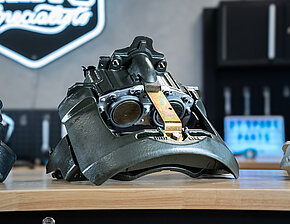
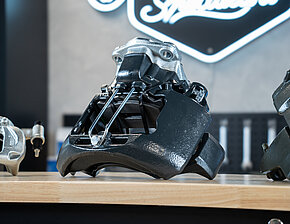
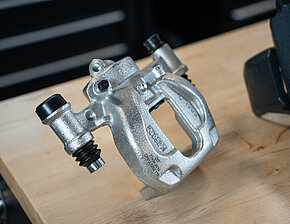
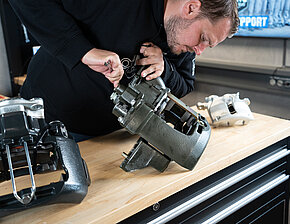
Parts Specialist Kevin recommends replacing the complete repair kit if pistons are stuck or sleeves are damaged. The kit from DT Spare Parts includes two bushings, boots, pins and pistons. “Even if only one side is affected, both sides should always be replaced,” continues Kevin.
A common error pattern seen under practical conditions is a piston that is stiff on one side - especially on axles that are operated less frequently, such as trailing axles. Even worn supporting surfaces on the brake carrier can lead to uneven wear of the brake pads. “When replacing them, make sure that they are installed according to the manufacturer's specifications. Please pay attention to the specified torques and use special tools,” explains Kevin.
For every completed repair it is essential that a final brake check on the test bench is carried out to ensure that the system is working properly. Further information on this can be found in the PS Tips Video Trailer Parts. There, the professional removal of a brake caliper is shown.
If you have any technical questions about Diesel Technic products and services, the Parts Specialists can be contacted via their own HelpDesk and offer the right support: helpdesk.parts-specialists.com.
